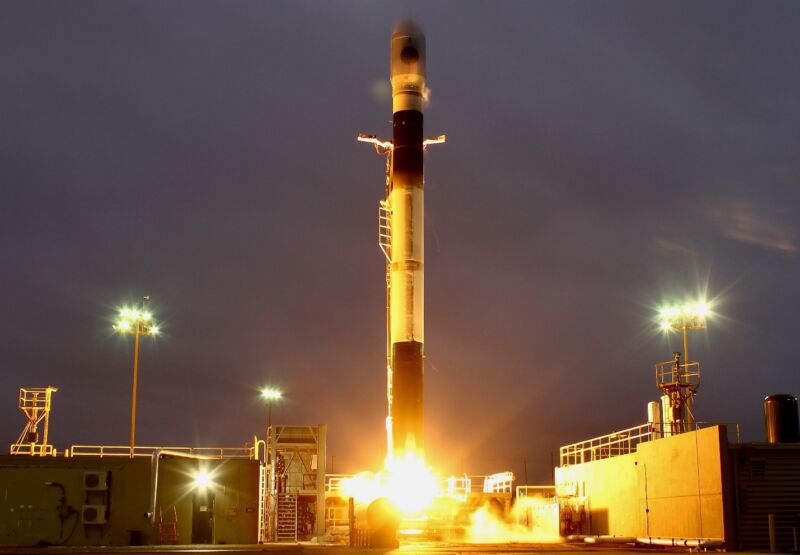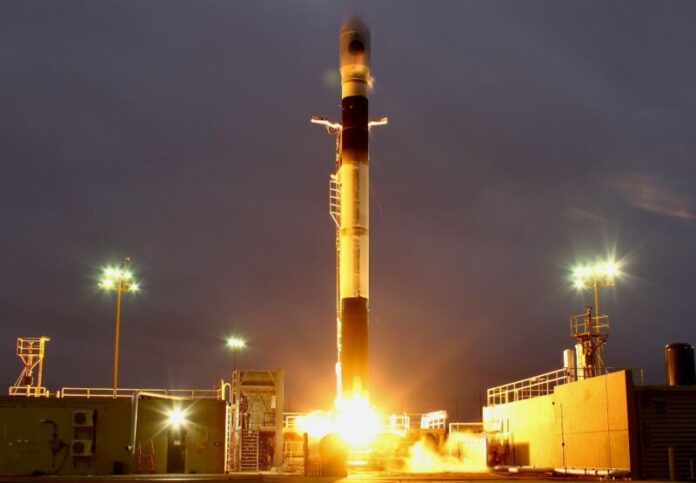
Enlarge / Firefly's Alpha rocket launches on Thursday evening from Vandenberg Space Force Base. (credit: Firefly)
As part of its efforts to be more nimble in space, the US military has been pushing satellite and launch companies to become more "responsive" in their ability to put spacecraft into space.
Essentially, the military is concerned about other nations damaging or destroying its assets in orbit during a conflict. Military officials believe one way to guard against this would be to have the capability to rapidly replace those satellites—whether they're for spying, communications, or other purposes.
The US Space Force took a step toward this goal two years ago with a mission called Tactically Responsive Launch-2, or TacRL-2. This small satellite was built in less than a year by taking existing components and putting them together to create a space domain awareness satellite. The mission was then launched within 21 days, on June 13, 2021, by a solid-fueled Pegasus rocket built by Northrop Grumman.
Read 13 remaining paragraphs | Comments
Ars Technica - All contentContinue reading/original-link]




